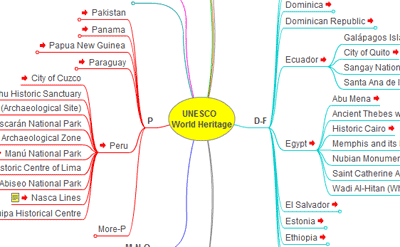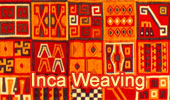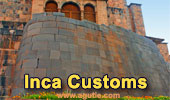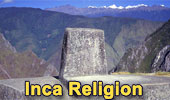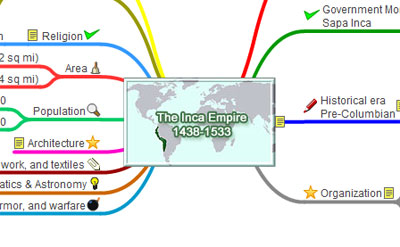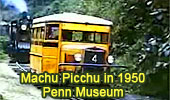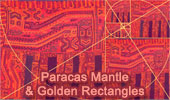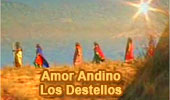Runamula or Runa mula.
According to the mythology of the Amazon, runamula is the soul of a sinful woman, into action by evil spirited mule, half mule and half woman creature.
Pucallpa is a city in eastern Peru located on the banks of the Ucayali River, a major tributary of the Amazon River. It is the capital of the Ucayali region, the Coronel Portillo Province and the Calleria District.

See video at:
Ya se ha Muerto mi Abuelo.
More videos at:
El Hijo de la Runamula.
Me Robaron mi Runamula.
Ya se ha Muerto mi Abuelo unplugged version performed by La Sarita.






